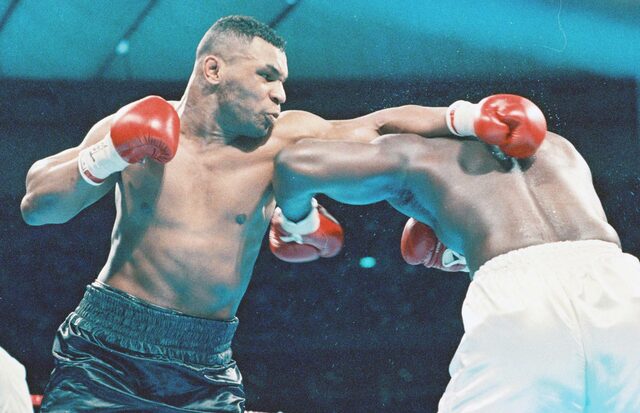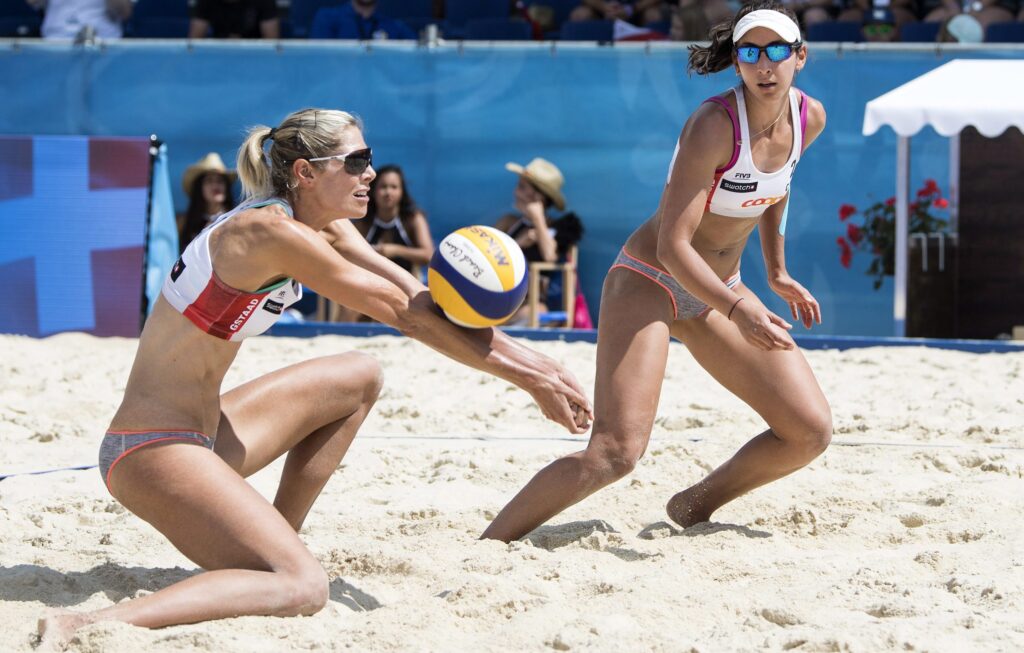
Boxing is a sport classified by weight, and height is not affected by class restrictions, but if the weight is the same, the height is also roughly the same, so each class has its own average height.
In the world of boxing, the average height of the fighters tends to increase as the weight class increases.
Here, we briefly introduce the average height for each major class.
Also, after introducing the average height, we also introduce the benefits of being tall and short.
If you are interested in boxing, please check it out.
目次
List of average heights by weight class in boxing
Minimum class (47.627kg or less)
Minimumweight fighters typically tend to be relatively short in height. The average height is said to be around 160cm. Athletes in this weight class rely on quick movements and agility.
Light flyweight (49kg or less)
The average height of a light flyweight fighter is approximately 162 cm. This class is also close to the minimum class, and requires speed and skill.
Flyweight (51kg or less)
In the flyweight division, the average height of a fighter is approximately 165 cm. From this rank, reach length begins to influence tactics.
Bantamweight (53.5kg or less)
The average height of a bantamweight fighter is approximately 167 cm. This weight class emphasizes the balance between power and speed.
Featherweight (57kg or less)
The average height of a featherweight fighter is approximately 170cm. This is a class where reach and speed of movement are key.
Lightweight (61kg or less)
The average height of a lightweight fighter is approximately 173 cm. From this class you will see a greater variety of tactics.
Welterweight (under 66.5kg)
In the welterweight division, the average height of a fighter is approximately 175 cm. The combination of power and technique is very important.
Middleweight (72.5kg or less)
The average height of a middleweight fighter is approximately 180cm. In this class, power becomes a big factor.
Heavyweight (over 72.5kg)
In the heavyweight division, the average height of a fighter is often over 190cm. Reach and power are very important factors in this division.
In this way, in boxing, the average height tends to increase as the weight class increases, but this is only a general trend, and there are many exceptional athletes.
Not only height, but also multifaceted abilities such as technique, speed, and power greatly affect the outcome of a fight.

Recommended boxing classes based on height
Although it is common to consider height when choosing a weight class in boxing, it is important to consider not only height, but also weight, physique, reach (arm length), and the fighter’s own style and technique.
Still, it is possible to provide some general guidelines based on some height range.
Short players (less than 160cm)
- Lightweight (light flyweight, flyweight, super flyweight) : These weight classes are often ideal for shorter athletes, allowing them to utilize their speed and agility.
Players of average height (160cm – 175cm)
- Bantamweight, Super Bantamweight, Featherweight, Super Featherweight : These weight classes are suitable for fighters of average height and require a balance of speed and power.
- Lightweight, Super Lightweight : Athletes near the upper end of this range can use their reach to adapt to competing in heavier weight classes.
Tall players (over 175cm)
- Welterweight, super welterweight, middleweight : Taller fighters can take advantage of reach and power in these weight classes. Particularly in the middleweight division, tactics that take advantage of height are often effective.
- Light Heavyweight, Heavyweight : Very tall athletes commonly compete in these heavier weight classes. Especially in the heavyweight division, there are no height and weight restrictions, allowing fighters to make the most of their size.
These guidelines are only general; in reality, the best fit for each individual athlete is based on their technique, body type, training methods, and ultimately in which weight class they are most competitive. rank is determined.
Changes in weight class are also common, as height and weight can change throughout a career.
Ultimately, the best choice for the athlete will be the weight class in which he or she feels comfortable and performs best.

What are the advantages of being tall or short in the same class?







